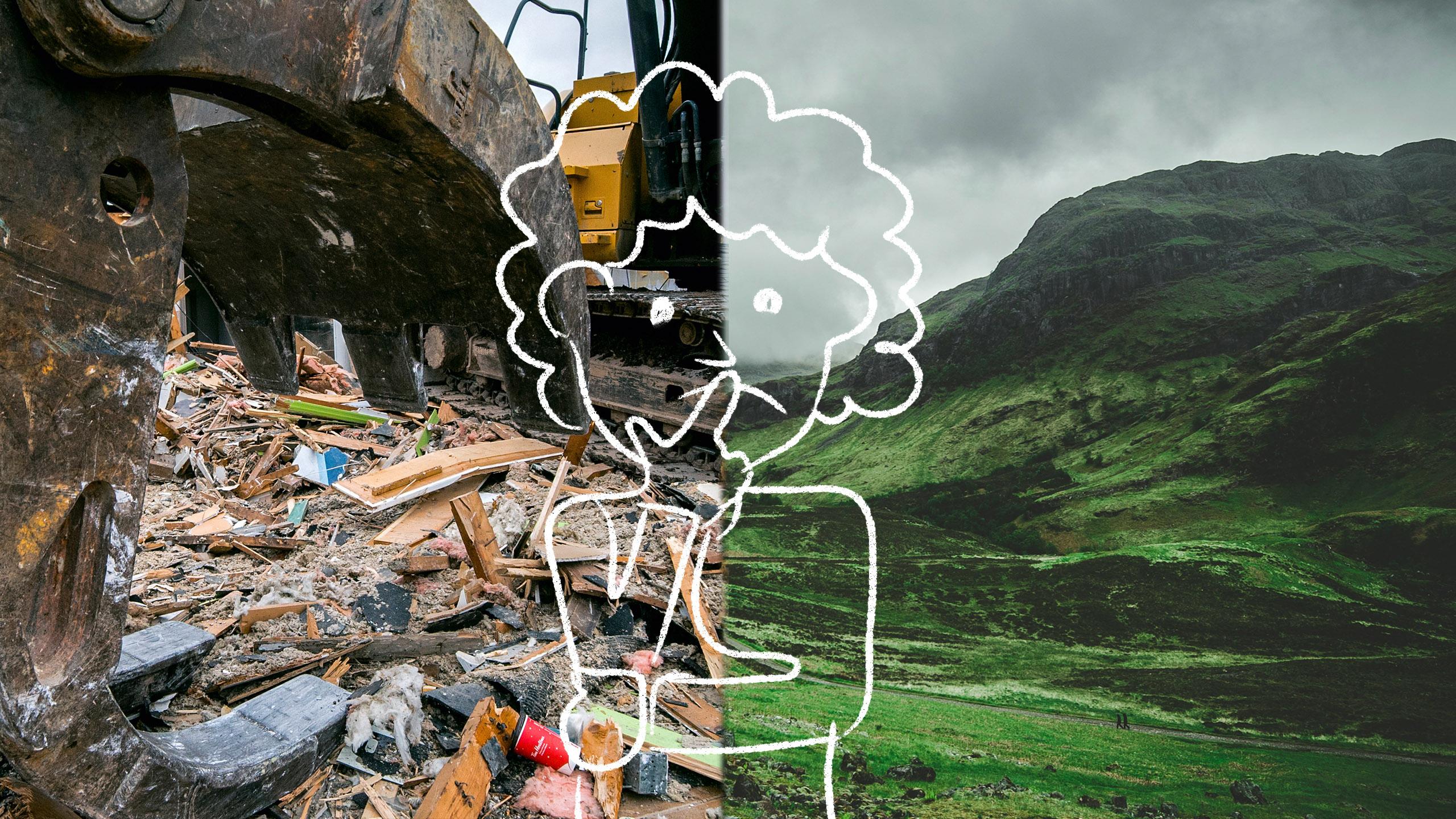By Sydney Preston
2020
This is today—this isn’t a prediction. Now and over the next few years, the city of Toronto faces the following changes.
Toronto’s overflowing sewers results in mass flooding—like those in 2013—becoming a yearly occurrence. Flooded roadways, basements, knocked out power services, abandoned cars, GO Transit and subways are all consequences of these mass floods. The Insurance Bureau of Canada has reported a spike in catastrophic loss claims, from an average of $405 million between 1983 and 2008 to $1.8 billion between 2009 and 2018.
An increase in air pollution is resulting in a higher number of hospital visits and premature deaths due to respiratory illnesses, as per the report by the Toronto Environmental Alliance.
Because of warmer temperatures, the Toronto and Region Conservation Authority is seeing cases of Lyme disease intensify, as the total rate in 2017 was 3.1 times higher than the five-year average between 2012 and 2016.
According to the Canada Communicable Disease Report in the last few years, four other tick-borne diseases have started to increase as temperature averages increase—affecting residents in the GTA.
2050
Climate experts of the United Nations have projected that a “critical point of no return’’ with long-lasting, irreversible change is among us as early as 2030.
In a report published by the Organisation for Economic Co-operation and Development, freshwater demand is projected to grow by 55 per cent by 2050. In addition, 40 per cent of the global population will live in “severe water-stressed” areas. In the same report, air pollution will overtake contaminated water and lack of sanitation as the prime cause of premature death—potentially rising to 3.6 million deaths per year.
According to a study by Norman Myers, a renowned British environmentalist, the number of people unable to secure a livelihood in their homelands because of environmental issues could rise to 200 million by 2050. Along its own urban sprawl, the population of the GTA, projected to be the fastest growing region in Ontario, is expected to increase by 3.4 million (49.6 per cent), totaling at 10.2 million by 2046, according to the Government of Ontario Projection Results.
2100
Predicting the state of our world is a tricky science. There are so many unknown variables. But there are predictions of where our city will stand in 80 years.
Matthew C. Fitzpatrick, associate professor at the University of Maryland Center for environmental science, and Robert R. Dunn, professor of applied ecology at North Carolina State University, created an online tool to visualize the climate of 540 North American urban areas in 2080. The tool uses climate analogues to gather data from regions with similar weather conditions. The data occurs over a long period of time for a pattern to appear.
Toronto’s climate in 2080 is projected to have summers that are on average 2.9 C warmer and 35.1 per cent wetter. The projected increase leads to exponential reported flooding and air quality degradation as previously mentioned.
The World Meteorological Organization and Climate Central recently released an interactive climate map. Without significant emission cuts, summers in Toronto will feel more like those in Belize City by 2100, with average highs around 31.3 C.










Leave a Reply